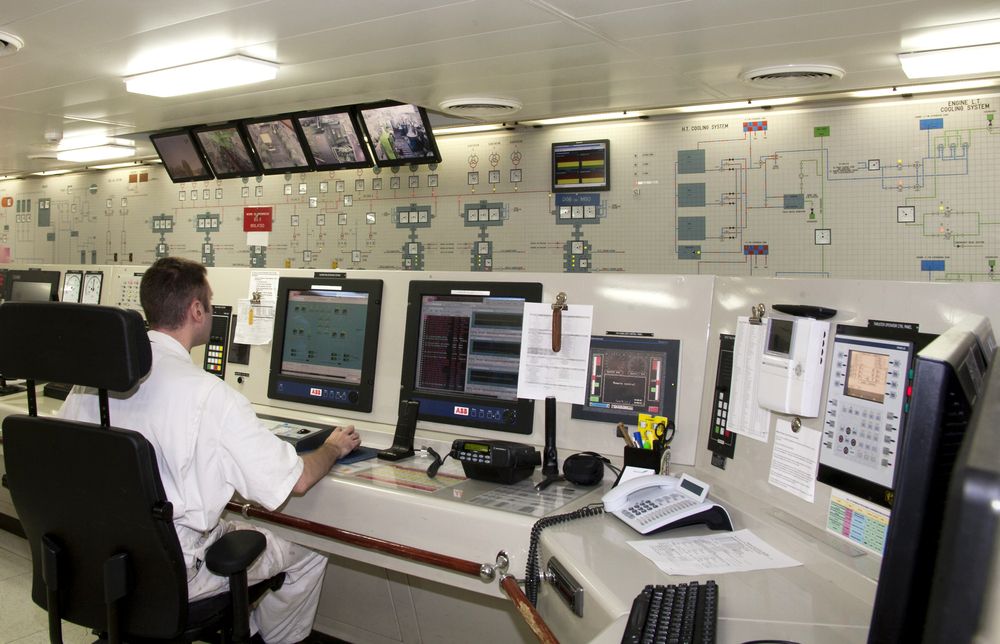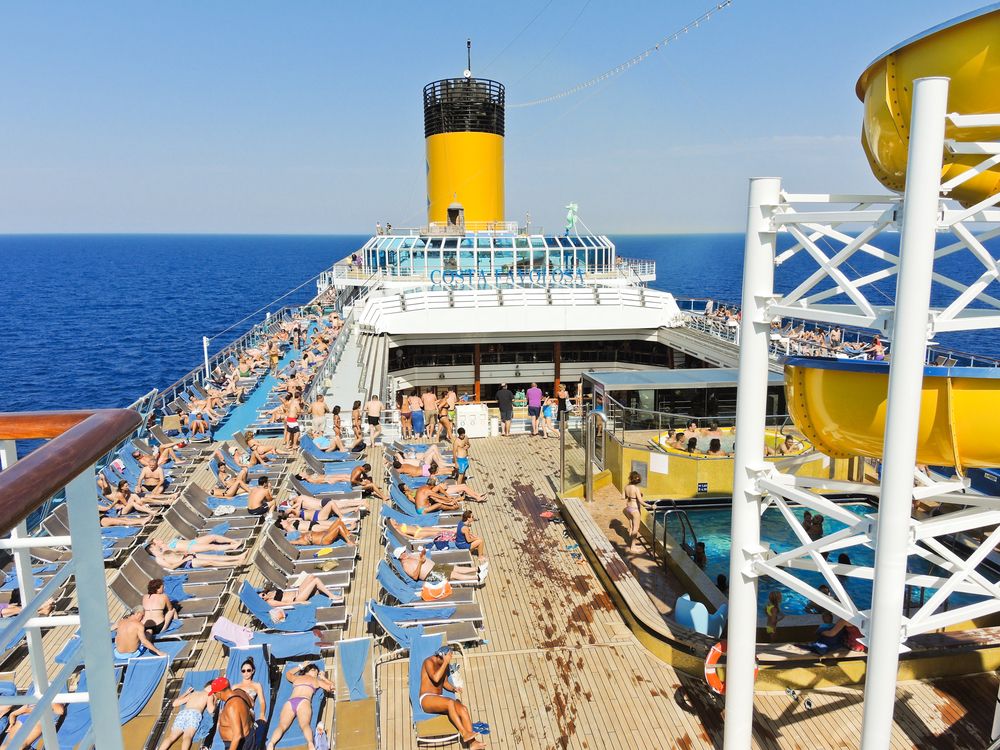Although shipping losses declined again in 2014, the threat of cyber attacks and large losses from ever-increasing ship sizes are new threats to the maritime sector. As with other business sectors, the risk of cyber criminals targeting technology on board a vessel or attacking a major port could result in significant business interruption costs, notwithstanding liability or reputational losses.
According to Allianz Global Corporate & Specialty SE’s (AGCS) third annual Safety and Shipping Review 2015, which analyzes reported shipping losses of over 100 gross tons, shipping losses continued their long-term downward trend with 75 reported worldwide in 2014, making it the safest year for shipping in 10 years.
[Related: Covering the global marine marketplace]
Losses declined by 32% compared with the previous year and were well below the 10-year loss average of 127. Since 2005, shipping losses have declined by 50%. More than a third of 2014’s total losses were in two maritime regions: South China, Indo China, Indonesia and the Philippines (17 ships) and Japan, Korea and North China (12 ships). Cargo and fishing vessels accounted for over 50% of all losses.
The most common cause of total losses is foundering (sinking/submerging), accounting for 65% of losses in 2014 (49). With 13 ships wrecked or stranded, grounding was the second most common cause with fires/explosions (4) third, but significantly down year-on-year.
The U.S. eastern seaboard region did not register a total loss during 2014, the second successive year this has occurred. The North American west coast region also did not see a total loss during 2014. There have been 783 shipping incidents (casualties) in the North American west coast region since 2005—the 10th highest overall globally, just behind the Gulf of Mexico (806).

karenfoleyphotography / Shutterstock.com
Ports and ships become hacker targets
Protection against cyber risks is new for the shipping sector, which is highly interconnected and increasingly reliant on automation. "A cyber-attack targeting technology on board, in particular electronic navigation systems, could possibly lead to a total loss or even involve several vessels from one company," said Kinsey. Other scenarios include cyber criminals targeting a major port, closing terminals, or interfering with containers or confidential data. Such attacks could also result in significant business interruption costs.
Ever-increasing ship sizes
Container ship safety is in the spotlight with ever-increasing ship sizes, as evidenced by the January 2015 inauguration of the world’s largest-ever container ship, the MSC Oscar (19,224 teu). The length of four football fields, it can carry 19,000 containers. That's big. Yet ships as large as 22,000 teu are expected to be in service soon.
"Larger ships can also mean larger losses. The industry should prepare for a loss exceeding $1 billion in future featuring a container vessel or even a specialized floating offshore facility," Kinsey said. Maximum exposure would not necessarily be limited to vessel and cargo value but could also include environmental or business interruption backlash.
AGCS sees a number of risks for such mega-ships, including:
- Limited number of deep water ports that can operate such vessels, leading to an increased concentration of risk;
- World-wide shortage of qualified seaman;
- Salvage and removal challenges.

Passenger safety and crew levels in the spotlight
While the long-term downward trend in shipping losses is encouraging, recent casualties such as Sewol and Norman Atlantic have once again raised significant concerns over training and emergency preparedness on passenger ships three years after the Costa Concordia disaster. Seven passenger ships were lost during 2014, accounting for almost 10% of total losses.
"In many cases, construction of the vessel is not the only weak point. These two incidents underline a worrying gap in crew training when it comes to emergency operations on ferries or passenger ships," says Captain Andrew Kinsey, Senior Marine Risk Consultant, AGCS.
The general shipping trend for smaller crews means seafarers are being asked to do more with less. Minimum manning levels reduce the ability to train people onboard, which can provide invaluable insight and should not become the normal day-to-day level for safe operations.
Want to continue reading?
Become a Free PropertyCasualty360 Digital Reader
Your access to unlimited PropertyCasualty360 content isn’t changing.
Once you are an ALM digital member, you’ll receive:
- Breaking insurance news and analysis, on-site and via our newsletters and custom alerts
- Weekly Insurance Speak podcast featuring exclusive interviews with industry leaders
- Educational webcasts, white papers, and ebooks from industry thought leaders
- Critical converage of the employee benefits and financial advisory markets on our other ALM sites, BenefitsPRO and ThinkAdvisor
Already have an account? Sign In Now
© 2025 ALM Global, LLC, All Rights Reserved. Request academic re-use from www.copyright.com. All other uses, submit a request to [email protected]. For more information visit Asset & Logo Licensing.








